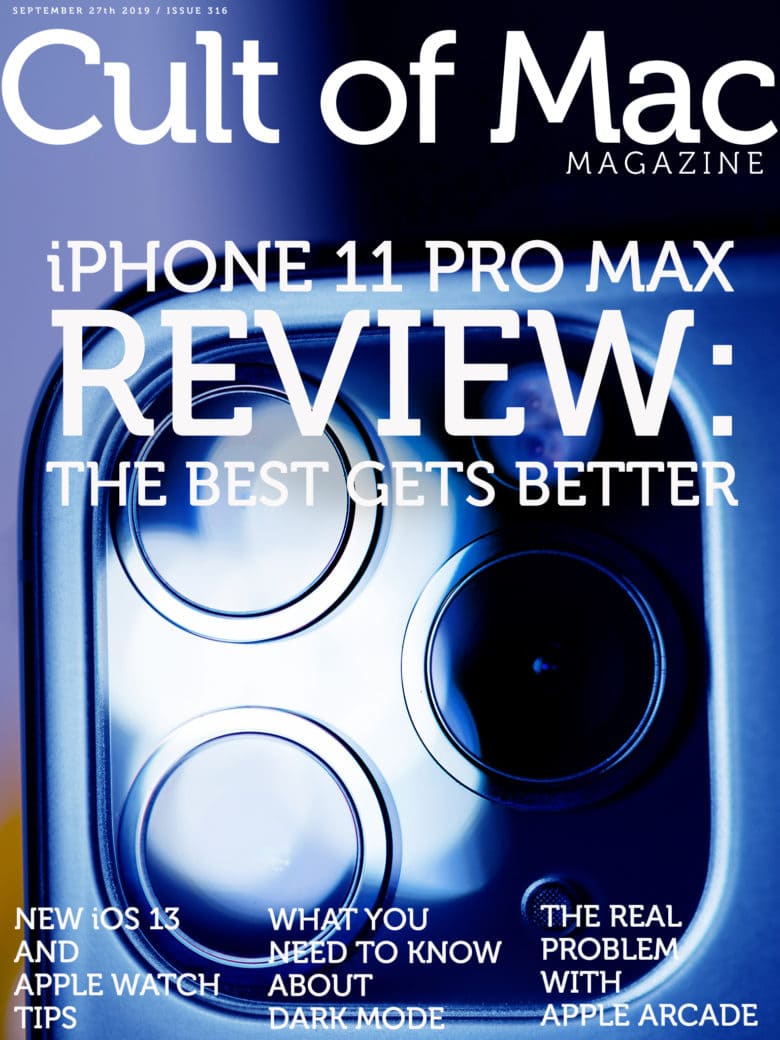Join the Apple Developer Program to reach customers around the world on the App Store for iPhone, iPad, Mac, Apple Watch, Apple TV, and iMessage, and on the Safari Extensions Gallery. You’ll also get access to beta software, advanced app capabilities, extensive beta testing tools, and app analytics.
- Install Xcode Mac Without App Store Download
- Install Xcode Mac Without App Stored
- Install Xcode Mac Without App Store Online
- Install Xcode Mac Without App Store Android
- Install Xcode Mac Without App Store
William Kyngesburye provides a number of geospatial library binary packages that help to get GeoDjango installed on macOS without compiling them from source. However, Xcode is still necessary for compiling the Python database adapters psycopg2 (for PostGIS). App Store ID: Used by Firebase Dynamic Links to redirect users to your App Store page and by Google Analytics to import conversion events into Google Ads. If your app doesn't yet have an App Store ID, you can add the ID later in your Project settings. Click Register app. Step 3: Add a Firebase configuration file. Click Download GoogleService. Digital application distribution platform for iOS App Store Operating system iOS, iPadOS Type Digital distribution and software update Website www.appstore.com The App Store is a digital distribution platform, developed and maintained by Apple Inc., for mobile apps on its iOS & iPadOS operating systems. The store allows users to browse and download apps developed with Apple's iOS Software. How to Download and Install Xcode. It’s easiest to download and install Xcode via the Mac App Store. Here’s how: Search for Xcode in the Mac App Store, or use this link directly; Click Install (or Get) Wait for Xcode to complete installing, which may take a while! Open Xcode via your / Applications folder or via Launchpad.
Distribute your apps worldwide.
The App Store for iPhone, iPad, Mac, Apple Watch, Apple TV, and iMessage, makes it easy for over a billion customers around the world to discover and download your apps. There are no hosting fees and Apple handles all payment processing.
Get the latest betas.
The incredibly rapid adoption rate of new software by Apple customers means you’ll want to integrate the latest innovative Apple technologies into your apps quickly, so they will seamlessly integrate with the latest advances in macOS, iOS, watchOS, and tvOS. You’ll always be ready for what’s coming next as you create your most innovative apps ever.
Utilize advanced app capabilities.
Get access to cutting-edge Apple technologies that help you create useful and engaging user experiences. Integrate with Siri to let users can get things done using just their voice, use Apple Pay to sell a variety of items directly from within your app, enable your apps to store app data in iCloud, and much more.
Test your apps with TestFlight.
Invite users to test your iOS, watchOS, and tvOS apps before you release them on the App Store. With TestFlight Beta Testing in App Store Connect, you can share your beta builds with up to 10,000 external testers using just their email address or by sharing a public link.
Access App Analytics.
Measure user engagement, marketing campaigns, and monetization for your iOS apps and tvOS apps with App Analytics in App Store Connect. App Analytics has data you won’t find anywhere else and requires no technical implementation.
Learn more about App AnalyticsTroubleshooting¶
If you can’t find the solution to your problem here then participate in thecommunity! You can:
- Join the
#geodjangoIRC channel on Freenode. Please be patient and polite– while you may not get an immediate response, someone will attempt to answeryour question as soon as they see it. - Ask your question on the GeoDjango mailing list.
- File a ticket on the Django trac if you think there’s a bug. Makesure to provide a complete description of the problem, versions used,and specify the component as “GIS”.
Install Xcode Mac Without App Store Download
Library environment settings¶
Install Xcode Mac Without App Stored
By far, the most common problem when installing GeoDjango is that theexternal shared libraries (e.g., for GEOS and GDAL) cannot be located. [1]Typically, the cause of this problem is that the operating system isn’t awareof the directory where the libraries built from source were installed.
In general, the library path may be set on a per-user basis by settingan environment variable, or by configuring the library path for the entiresystem.
LD_LIBRARY_PATH environment variable¶
Install Xcode Mac Without App Store Online
A user may set this environment variable to customize the library pathsthey want to use. The typical library directory for softwarebuilt from source is /usr/local/lib. Thus, /usr/local/lib needsto be included in the LD_LIBRARY_PATH variable. For example, the usercould place the following in their bash profile:
Setting system library path¶
On GNU/Linux systems, there is typically a file in /etc/ld.so.conf, which may includeadditional paths from files in another directory, such as /etc/ld.so.conf.d.As the root user, add the custom library path (like /usr/local/lib) on anew line in ld.so.conf. This is one example of how to do so:

For OpenSolaris users, the system library path may be modified using thecrle utility. Run crle with no options to see the current configurationand use crle-l to set with the new library path. Be very careful whenmodifying the system library path:
Install binutils¶
Install Xcode Mac Without App Store Android
GeoDjango uses the find_library function (from the ctypes.util Pythonmodule) to discover libraries. The find_library routine uses a programcalled objdump (part of the binutils package) to verify a sharedlibrary on GNU/Linux systems. Thus, if binutils is not installed on yourLinux system then Python’s ctypes may not be able to find your library even ifyour library path is set correctly and geospatial libraries were built perfectly.
The binutils package may be installed on Debian and Ubuntu systems using thefollowing command:
Install Xcode Mac Without App Store
Similarly, on Red Hat and CentOS systems:
